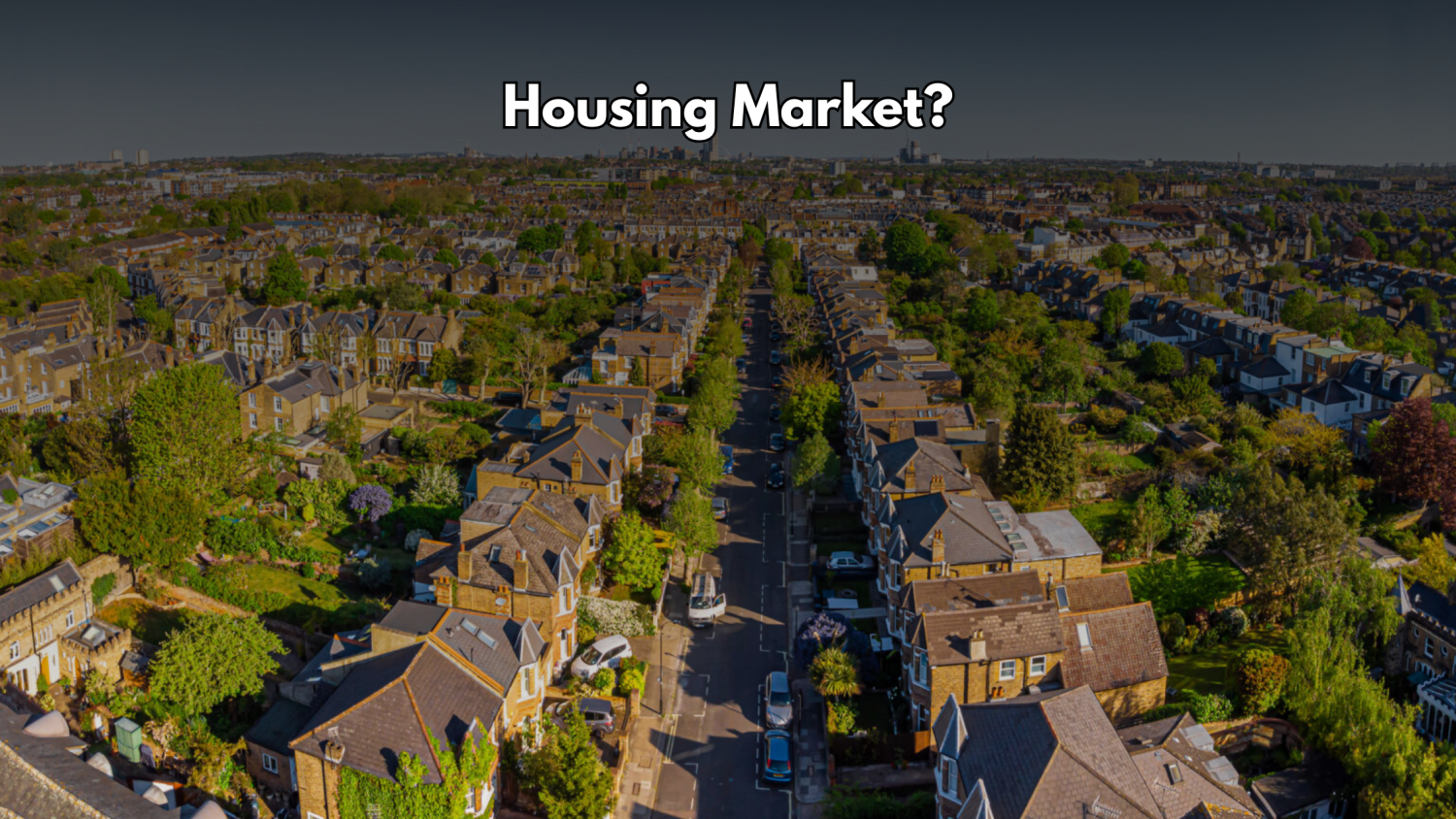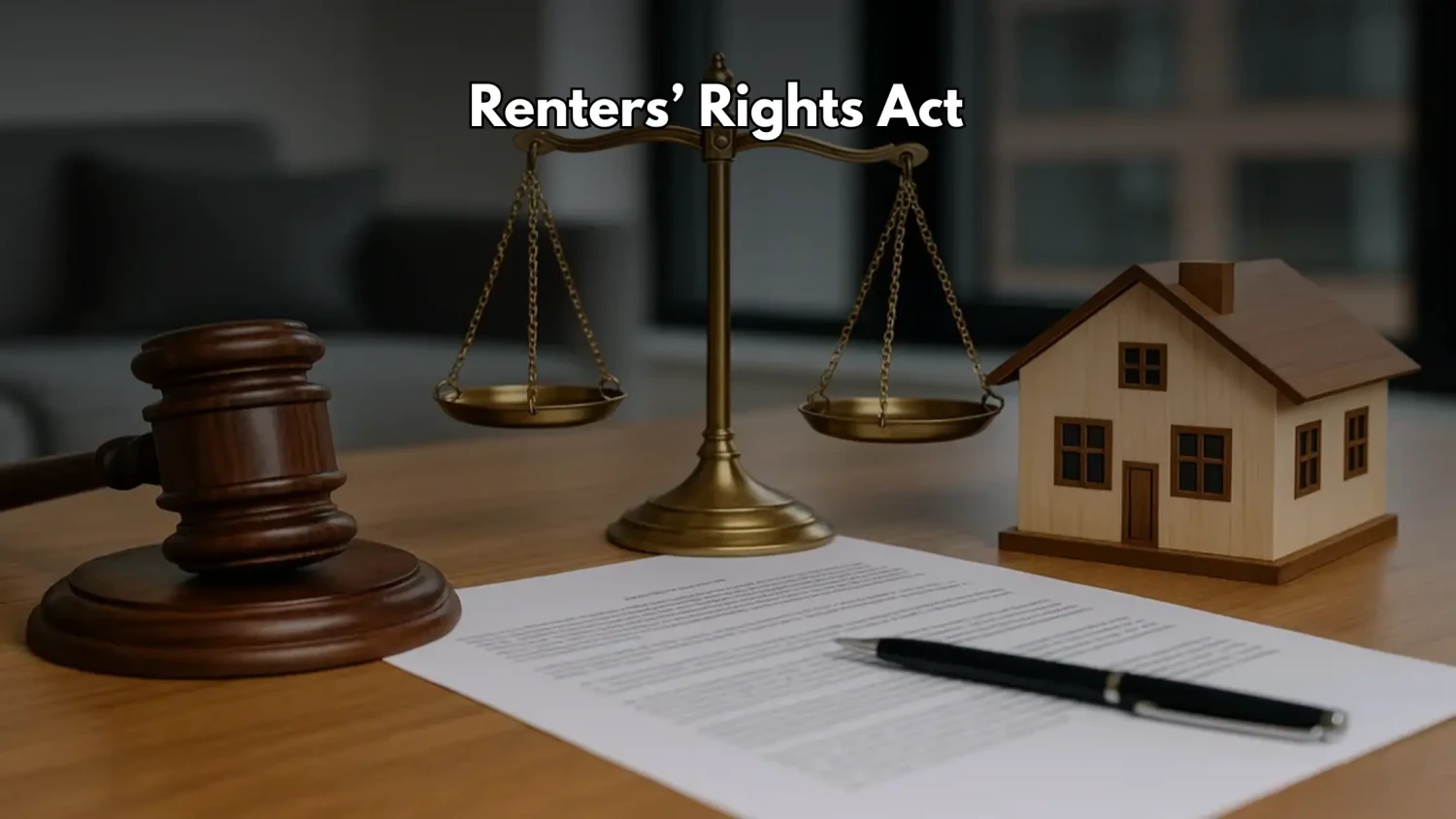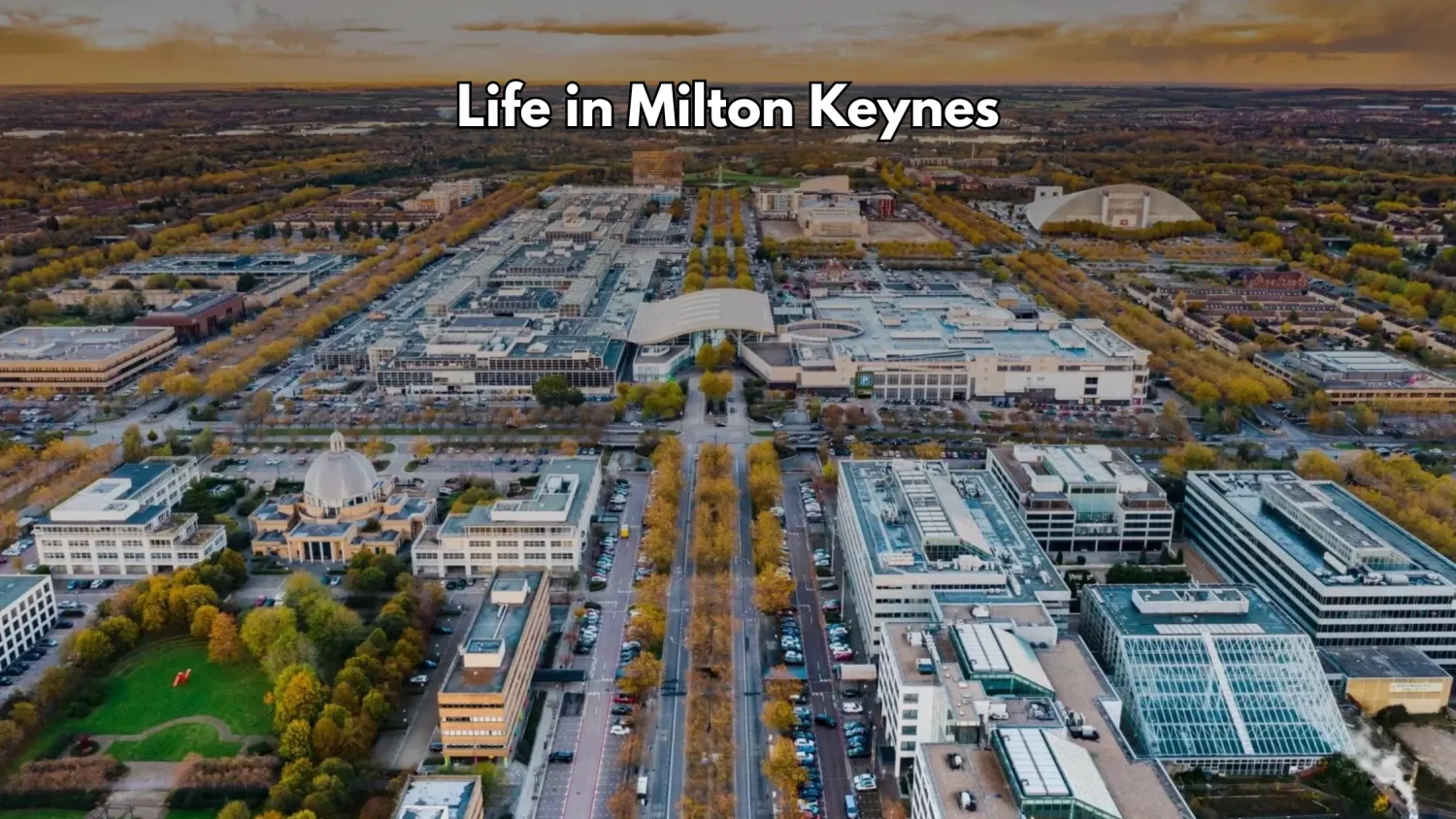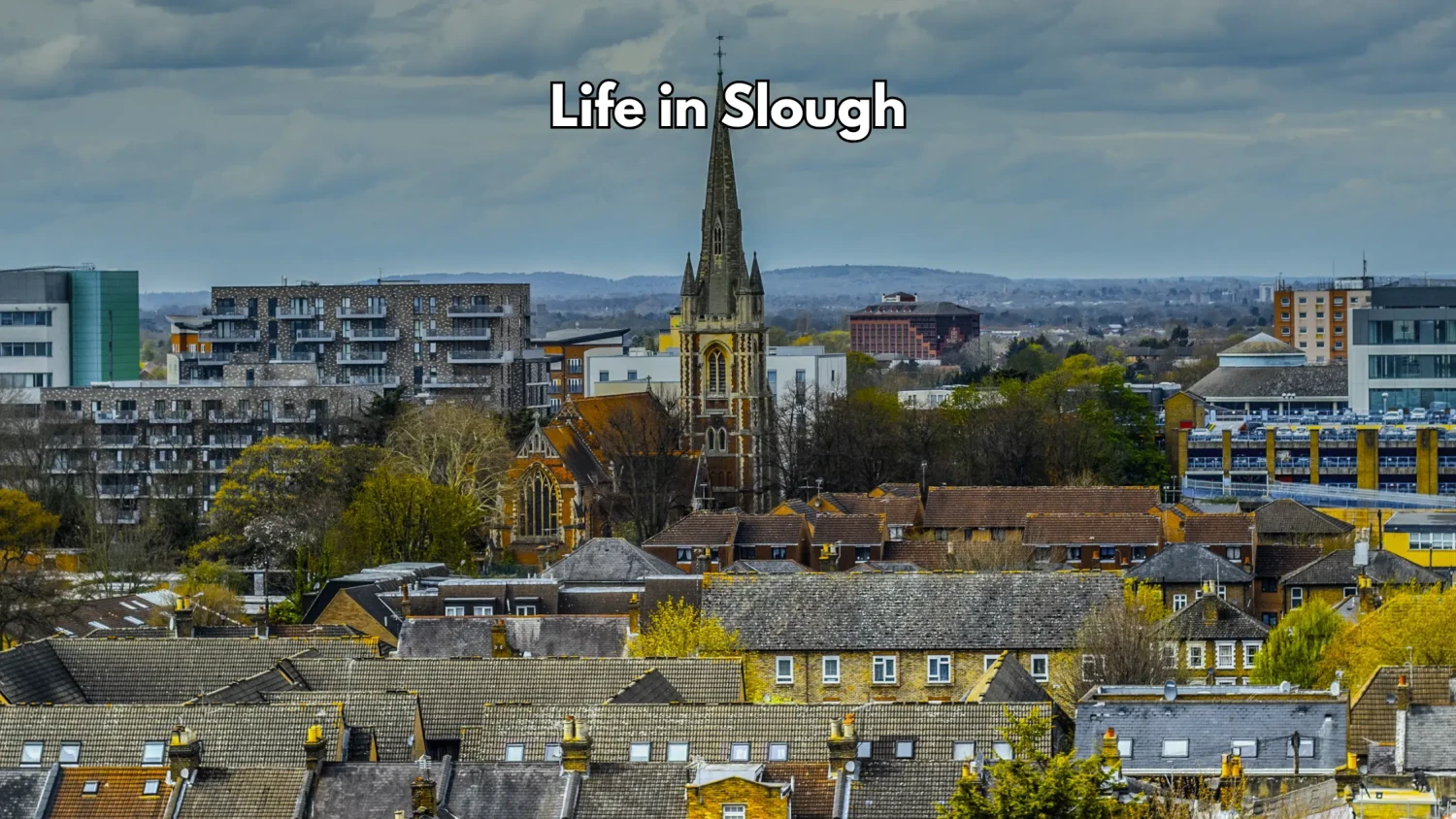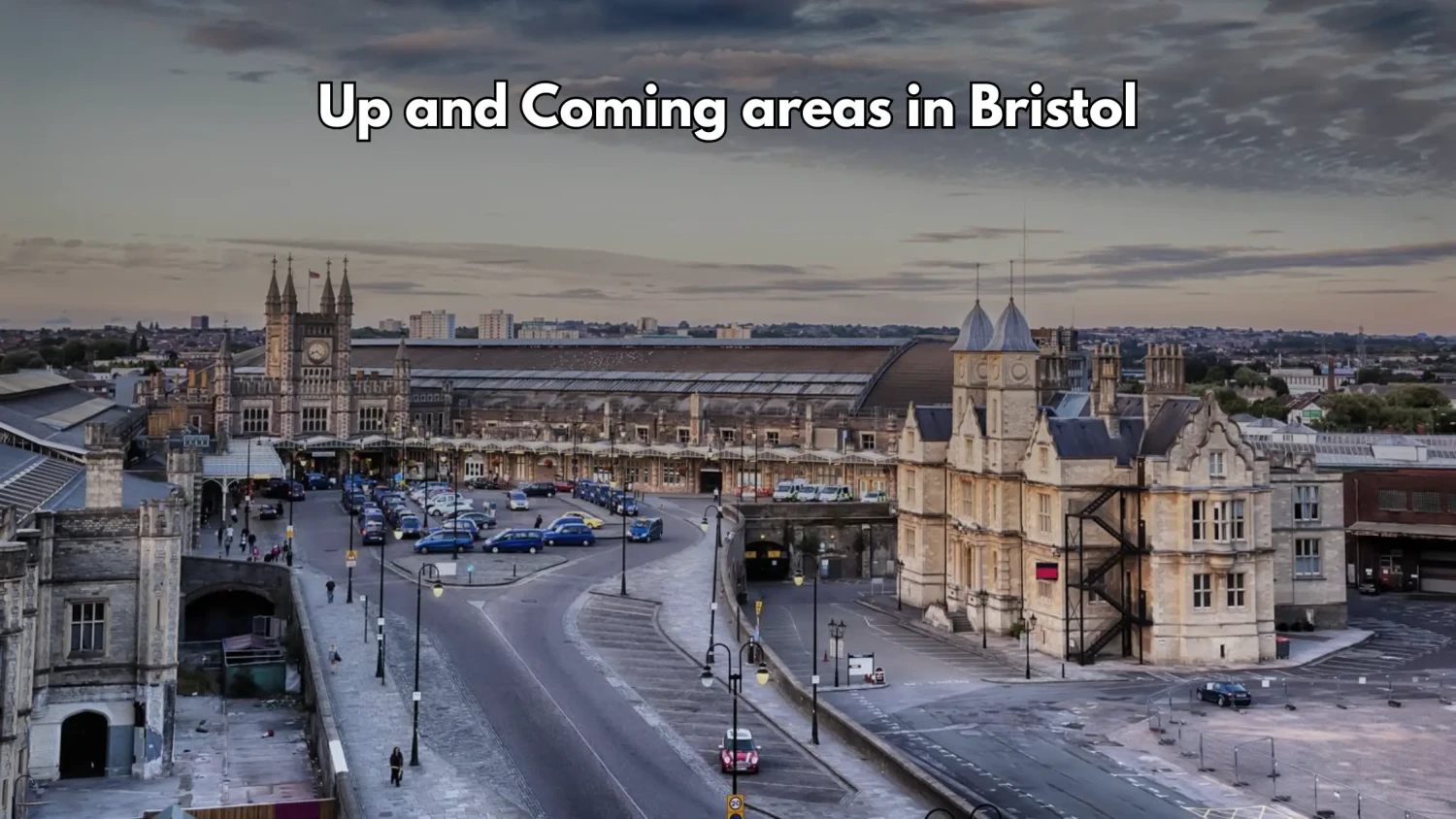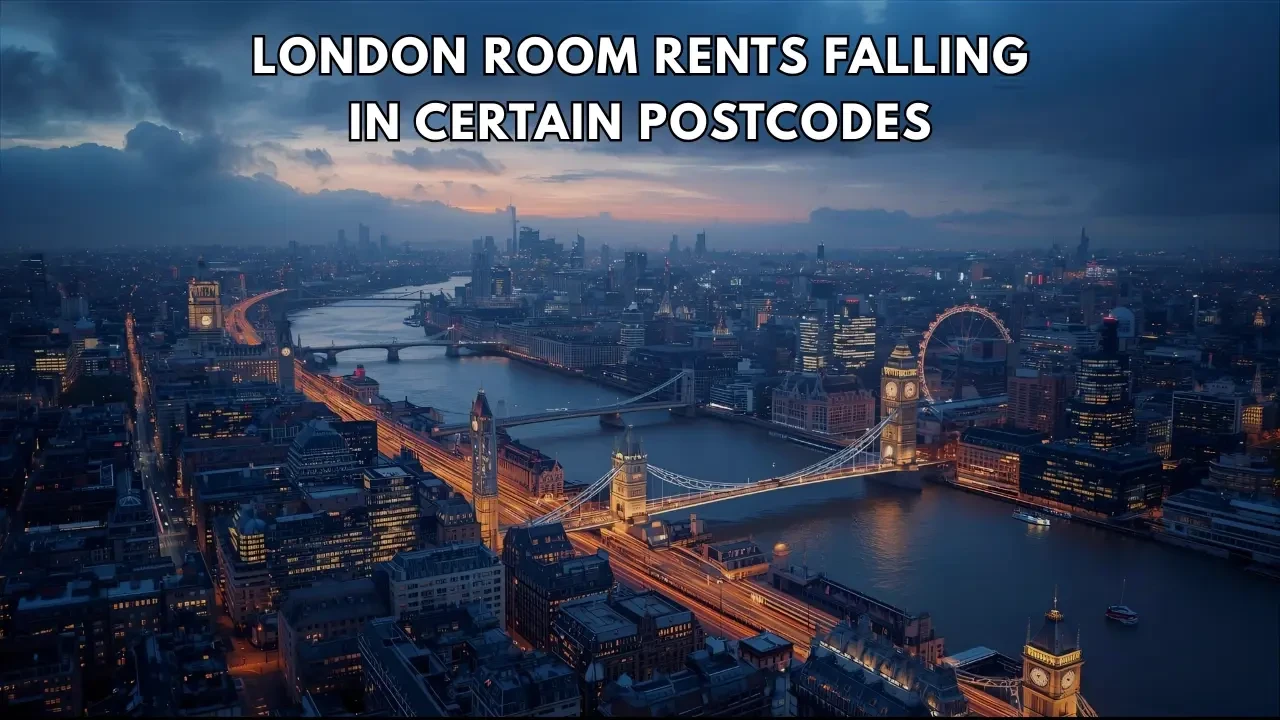
The London rental market has been under the pressure of rent increases for several years now, but there are subtle indications that it might be coming to a halt, although only in certain areas of the city. The recent SpareRoom Rental Index (Q3 2025) data show that although the capital is still the highest priced rental market in the UK, some areas are experiencing a slight drop in rents which is a first in years.
The First Dip in Years
A report reveals that the average price for renting a single room in London is £995 monthly, which is a slight decrease by 0.1% from the previous year. And this is a remarkable change because the trend of huge price hikes, in some cases, double-digit increases was recorded during the pandemic and washing up to post-pandemic times.
Moreover, London is the sole large UK area where average rents have reduced highlighting the difference with small upward changes in the rest of the regions like Wales (+2.3%), the South West (+1.5%), and Scotland (+0.7%).
Where Are Rents Falling?
The most considerable rental price reductions in the London area have been observed in the central and north-west sectors, mainly in the EC, NW, and WC postcode areas.
In the case of EC (City & Clerkenwell), there was a decline of 3% annual which average room rents to £1,220 per month.
Postcode NW (Camden, Hampstead, Kilburn) dropped by 2%, with an average of £994 per month now.
On the other hand, WC (Holborn, Bloomsbury) rents remain unaffected at the level of £1,339, after having been quick in their expansion in 2024.
The above-mentioned slight but important reductions are indicating that the demand for tenants in high-end localities is slowly softening—perhaps due to the limits of their affordability being reached.
What’s Driving the Shift?
A slight cooling is being caused by the following several factors
Affordability Ceiling - After a long period of sharply rising prices, many renters have reached the limit of their budgets and cannot go any higher. Average rent in London which is almost £1,000 a month has necessitated the sharing of costs or moving to distant places as the only way of living over a great period for many.
Improved Supply - Heightened mortgage rates have forced some homeowners to sell their houses and rent them out as a way of income, thus temporarily increasing supply. This is in line with SpareRoom’s view that more “financially-strained homeowners” are taking in lodgers to share costs.
Post-COVID Lifestyle Shifts - The trend of flexible working continues to play a major role in people's housing decisions. Nowadays, in Central London, tenants are no longer restricted to certain areas but are moving towards outer zones where rents are cheaper or even into nearby commuter towns.
Rising Hotspots: South East London in Demand
It is worth mentioning that although some prime central postcodes are experiencing price drops, rentals in some neighborhoods of South East London are getting more and more expensive at a fast rate.
The areas of Blackheath (SE3), Herne Hill (SE24), and Brockley (SE4) have been able to achieve 8-9% annual rental increases, whereas Eltham (SE9) has gone up by 7% on a yearly basis.
These neighborhoods are a golden mean of community living, parks, and low cost compared to renting in central areas, thus they attract people who have been priced out of the latter.
What It Means for Renters and Landlords
The news about the softening is definitely reassuring for renters as it gives them a slight relief in the market which is otherwise expensive. New tenants might be able to get better deals, particularly in the overpriced areas where just slight price reductions have been experienced.
As for landlords the consideration is now to what extent they can provide value and how flexible they can be. The discerning character of tenants makes it more likely that properties with good maintenance, all-inclusive utilities, and flexible lease agreements will draw the most interest.
Conclusion
Although it is still too soon to categorize this as a market correction, the latest figures point to the fact that London’s rental market could be at its zenith. Some areas, mainly the ones that experienced the largest increase during the post-pandemic boom, are now coming back to normal as renters look for cheaper and balanced places.
In the near future, experts predict that London will still have high rents across the board but there will be larger differences among the areas. Rental prices for the premium central postcodes may not change much, whereas the outer suburbs that have good public transport connections might keep attracting more tenants.
